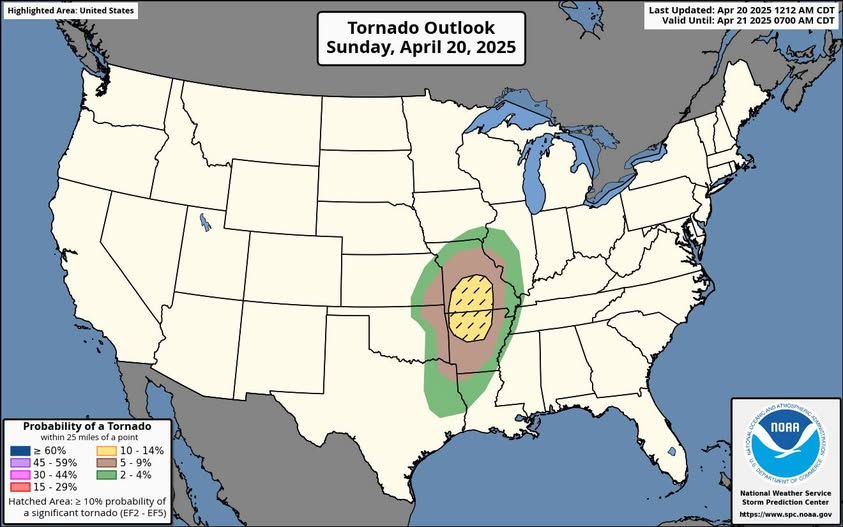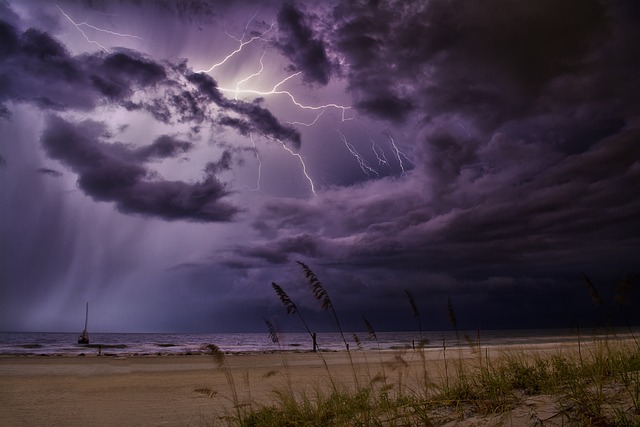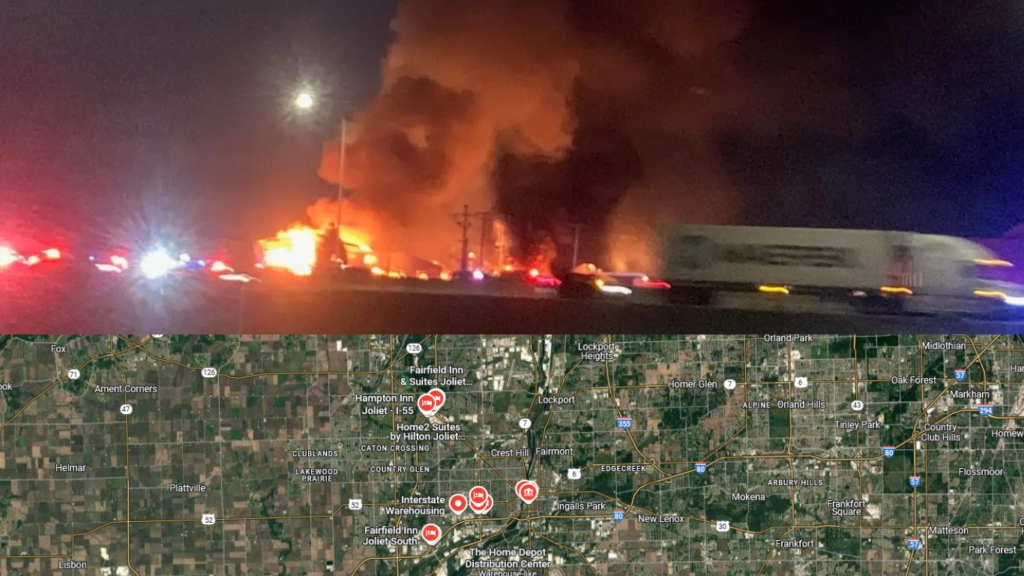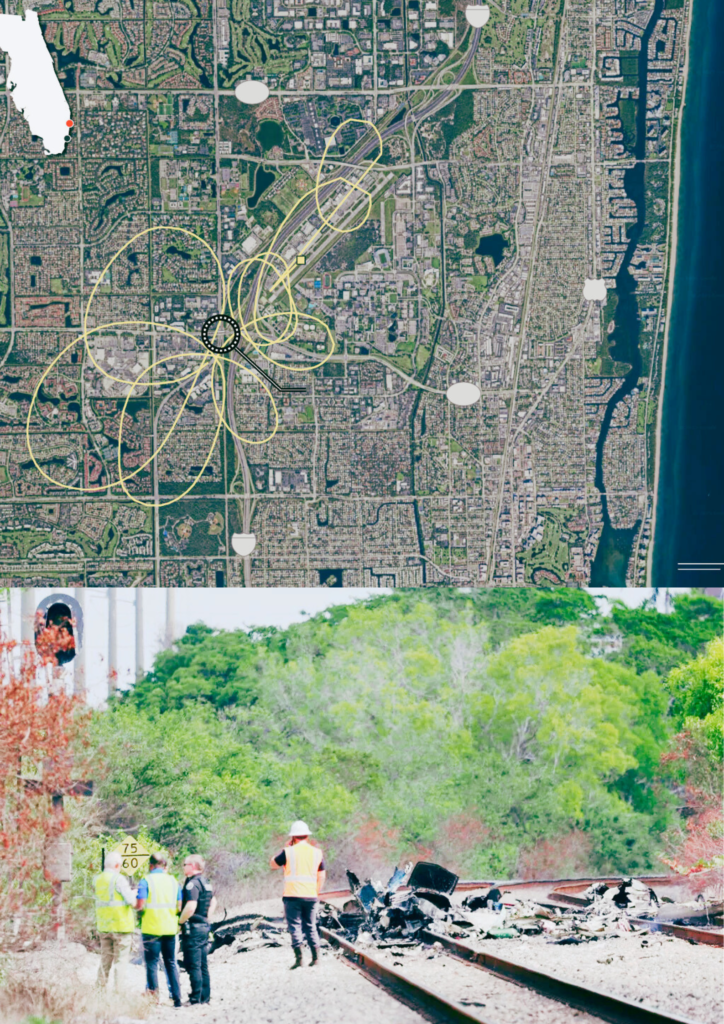In a stunning turn of events, Columbia, Missouri has been thrust into the national spotlight as tornado sirens wail, power flickers, and residents scramble for safety amid a life-threatening tornado and flash flood emergency. This isn’t your typical Midwestern storm. This is chaos unfolding live—and it’s only getting worse.
Whether you’re a Mid-Missouri native or watching in disbelief from another state, today’s rapidly evolving situation proves once again why April weather in Missouri is nothing to underestimate.
Tornado Warning Columbia MO Today: What We Know So Far
The National Weather Service (NWS) issued a tornado watch for all of Mid-Missouri, including Columbia, effective until at least 7 p.m., with more storms expected to continue into the night. However, by 4:10 p.m., a flash flood warning was added to the mix by the NWS Kansas City/Pleasant Hill, escalating fears and stretching emergency services to their limits.
This severe weather combo of damaging winds, heavy rainfall, tornado threats, and large hail has ignited widespread anxiety across Boone County and surrounding areas.

Flash Flood Warnings Join Tornado Chaos
As if potential EF-2+ tornadoes weren’t terrifying enough, ABC 17 News now reports a flash flood warning in effect until 10 p.m. tonight. Streets in low-lying areas are already underwater. Cars are floating, basements are flooding, and emergency crews are overwhelmed.
Heart-Pounding Tornado Sirens in Columbia – YouTube Goes Viral
A video posted on YouTube shows Columbia’s tornado sirens piercing the sky, alerting thousands to take shelter immediately. The ominous sky above and relentless rain captured in the video reflect the severity of the situation. The clip has already garnered thousands of views and is circulating rapidly across social media platforms, fueling both concern and curiosity worldwide.
Power Outages & Infrastructure Strain
Utility crews are battling power outages caused by downed trees and lightning strikes. With roads flooding and visibility dropping to near zero in some areas, it’s a logistical nightmare. The city’s emergency management has activated its Emergency Operations Center (EOC) and is in full storm response mode.
Multiple Counties Slammed by the Storm System
The tornado and flash flood warnings impact more than just Columbia. Boone, Howard, Audrain, Callaway, and Moniteau counties are all under high alert, with storm cells dancing unpredictably across radar screens.
Officials are warning residents not to assume they’re safe just because skies appear calm. “These storms are fast-moving and deceptive,” warned meteorologist Matt Beckwith live on KOMU 8 News.
Emergency Instructions: What Columbia Residents Must Do Right Now
- Seek shelter immediately in a basement or interior room.
- Avoid windows—flying debris can be deadly.
- Do not drive unless absolutely necessary. Roads are slick and flash flooding is occurring.
- Keep phones charged, and follow NOAA Weather Radio or local media for real-time updates.
Viral Footage: Social Media Erupts with Tornado Shock
From dashcam tornado sightings to live TikToks showing flooded intersections in Columbia, today’s storm is breaking the internet. #ColumbiaMO and #TornadoWatch are now trending nationwide. The combination of live footage and real-time panic is both captivating and terrifying.
Community Response: Volunteers and First Responders Shine Bright
Despite the danger, Columbia’s community spirit remains unshaken. Local churches have opened their basements. Volunteers are helping the elderly find shelter. First responders, drenched and exhausted, are working non-stop to save lives.
More Storms Coming Tonight: This Isn’t Over
The NWS warns that additional storm cells are forming west of Jefferson City and heading east. Conditions remain highly volatile, and another tornado warning or extension of the current watch is very likely.
Tornado Warning Columbia MO Today: A Wake-Up Call?
Tornado Warning Columbia MO: A Wake-Up Call?
If this historic day in Columbia taught us anything, it’s that no one can afford to ignore a Tornado Warning Columbia MO alert again. Nature doesn’t ask for permission—it just strikes.
FAQs
How long is the tornado watch in Columbia, MO active?
Currently active until at least 7 p.m., with a strong possibility of extension depending on storm behavior.
What should I do during a tornado warning?
Go to the lowest level of your home, avoid windows, and use a helmet or heavy blankets to protect yourself from flying debris.
Is the flash flood warning separate from the tornado watch?
Yes, both are in effect simultaneously, compounding the danger and increasing the urgency for residents to stay alert.
Will schools and businesses close in Columbia MO?
Several institutions announced early closures today, and more are expected depending on damage assessments.
How can I track the storms live?
Tune into KOMU 8 News, ABC 17, NOAA weather radio, and social media updates using #ColumbiaMO for videos and warnings.
Has anyone been injured or killed?
As of this writing, no confirmed injuries or deaths, but multiple rescue missions are underway in flooded zones.
Conclusion: Today is a Day Columbia Will Never Forget
April 20, 2025, will be etched into the memory of Columbia residents. With tornado warnings, flash floods, and hailstorms converging all at once, this was a perfect storm—both literally and emotionally.
Stay safe. Stay alert. And when the sky finally clears, let’s help each other rebuild.




